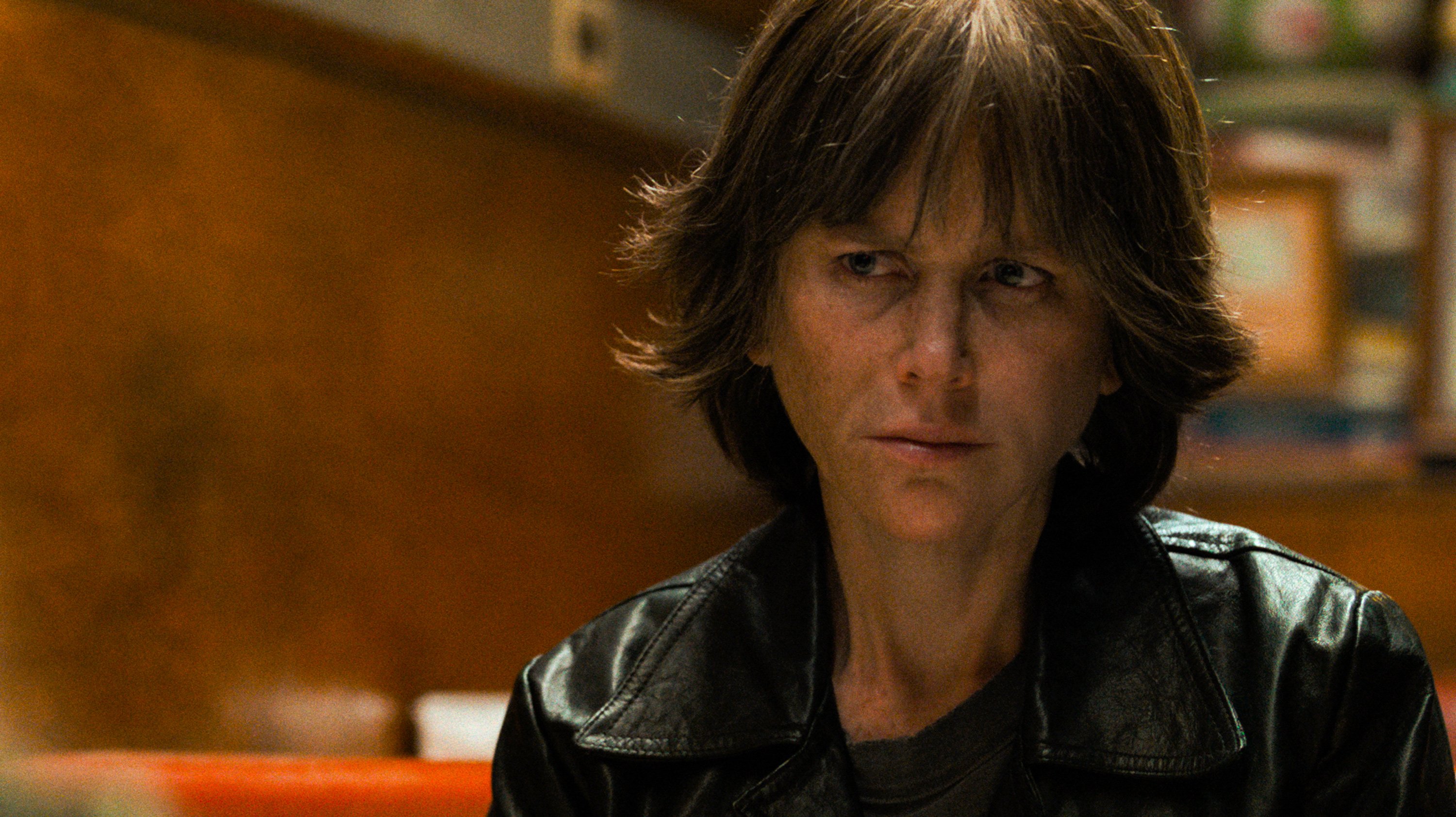All The Write Moves: 'Late Night'
July 22, 2019
The shortage of diversity among late-night TV comedy hosts is so painfully obvious—and has been for such a long time—that the premise of screenwriter-actor Mindy Kaling’s Late Night is subversive. In the movie, Katherine Newbury (Emma Thompson) has been a megastar host for decades, so while Late Night otherwise takes place in reality, there’s an implied element of sociopolitical satire.
The “implied” part matters, because conveying a challenging message without alienating viewers is not an easy thing to do. After all, films that push social agendas too heavily often end up reaching only viewers who already align with the agenda in question. Kaling wisely elected to construct a mainstream workplace comedy (with dramatic elements) so that viewers who buy tickets for the laughs can absorb the film’s weightier content while still enjoying themselves.
Running on Fumes
Even though Kaling has a built-in audience from her TV work (including The Office and The Mindy Project), she didn’t keep the spotlight to herself while writing Late Night. Instead, the showiest scenes involve Thompson’s character, Katherine, whose emotional compass guides the narrative. By contrast, Kaling’s character, Molly, is impactful but subordinate. Hired as a new writer on Katherine’s show to provide writers’ room diversity, Molly helps Katherine grow as an entertainer—and as a person.
When we first meet Katherine, she appears to be in the twilight of a glorious career. After receiving numerous Emmys and surviving for decades in a competitive field, she has fallen into a rut of old-fashioned jokes, and her preference for substantive conversations with cultural leaders over Internet-friendly bits with YouTube stars makes her seem like a dinosaur. Yet Katherine’s biggest problem is her refusal to admit she has a problem—she’s so stuck in her ways that she’s in denial about falling ratings and their potential consequences.
When constructed thoughtfully, characters like Katherine command our attention. She is interesting not only because she is talented, but because she has lived a long and colorful life—everything she does in the present speaks to things she has done in the past. Her actions have gravitas. In fact, characters like Katherine are usually encountered in movies and TV shows based on real life, because it takes time and work to construct a personal history as rich as hers.
The shortcut that Kaling employed, of course, was modeling Katherine (and the workplace of Katherine’s show) upon the real culture of late-night TV. There’s a little Johnny Carson in Katherine, there’s a little David Letterman, and so on. The trick when emulating this technique involves creating a fictional character who borrows qualities from so many real people, that there is no obvious resemblance between the fictional character and any single real person.
On a thematic level, Katherine’s arc is arresting because it speaks to a basic truth about the human experience—surrender is easier than transformation. Specifically, Katherine faces the difficult choice of accepting obsolescence or completely changing her style, an especially daunting proposition for an established professional of a certain age. By anchoring Katherine with basic humanity, Kaling ensures that we can sympathize with Katherine even though she enjoys extraordinary adulation, fame, respect and wealth.
Takeaway: A successful character is not necessarily a satisfied character.
The Newcomer
The process by which Molly inspires Katherine to change is gradual and turbulent. It takes a while for Molly to make an impression on her new boss, but eventually, she suggests edgy jokes and Internet-friendly video pieces that connect with younger viewers, expanding Katherine’s audience. Thus begins a delicate dance. At no point does Molly represent a threat to Katherine, per se, because it’s not as if the network is going to hire a brand-new writer with no performance experience as the host of a late-night show. But as Late Night demonstrates, characters can still be in competition with each other even if their goals differ.
Molly enters the story eager to start her comedy-writing career, and she’s thrilled by the opportunity to work for Katherine, whose work she has long admired. Nonetheless, there’s an inherent gulf between Molly’s goals and Katherine’s goals because of age. Molly wants to make comedy that works for her generation, and Katherine wants to keep doing things the way she’s done them for decades. As a result, the friction between the characters stems largely from Katherine’s obstinance. To her, Molly becomes an embodiment of the fears and risks associated with traveling from the known to the unknown.
There’s a reason Kaling didn’t take the obvious path of constructing a story in which Molly is a popular young comedian eager to take Katherine’s show. Kaling wanted to tell a story about women uplifting each other in the workplace, so to put across that theme, she needed a plot that would allow Katherine and Molly to become close allies by the closing credits, rather than reducing them to the roles of a winner and a loser.
Takeaway: Competition between characters can take many forms.
Giving the Devil Her Due
Late Night closely resembles The Devil Wears Prada (2006), the beloved comedy loosely based upon famed fashion editor Anna Wintour’s alleged mistreatment of employees. Like Aline Brosh McKenna’s script for Prada, Kaling’s script for Late Night pits a powerful older woman against a younger woman with endless potential. The likeness between the films is so strong that Prada star Meryl Streep and Late Night’s Thompson wear similar close-cropped hairstyles in their roles.
Since Kaling is an experienced and resourceful writer, why did she model her script on a previous movie? Furthermore, seeing as how doing so worked out well for Kaling, should you try the same thing? Possible answers to the first question are easier to provide than possible answers to the second. By emulating Prada, Kaling had invisible support during her writing process—a structure that worked before would probably work again. Moreover, if Kaling revisited and scrutinized Prada, then she probably identified aspects she thought she could improve upon, and some that were best left intact.
So, once again, should you try what Kaling tried? For your first script, probably not. As a new writer, you should try to find your own special voice as quickly as possible during your artistic development. For one of your later scripts, doing what Kaling did is advisable only in unique circumstances. For instance, let’s say you’re writing a story that naturally appeals to fans of—and easily conforms to the shape of—a picture that did well commercially and critically.
The trick is ensuring that major elements are completely different. For one example, Prada is about the fashion industry, and Late Night is about the entertainment industry. For another example, the inexperienced character in Prada feels indifferent toward her workplace, whereas the inexperienced character in Late Night wants desperately to succeed in her workplace. Paying homage works when the writer of the new piece uses something older as inspiration, not a beat-for-beat template.
Takeaway: When modeling a new script after an existing movie, change major elements.
Written by: Peter Hanson
Peter Hanson is a Los Angeles-based writer, filmmaker and teacher. He directed the screenwriting documentary Tales from the Script, and he teaches at Pepperdine University and UCLA Extension. He provides script consulting at www.GrandRiverFilms.com.- Topics:
- Discussing TV & Film




